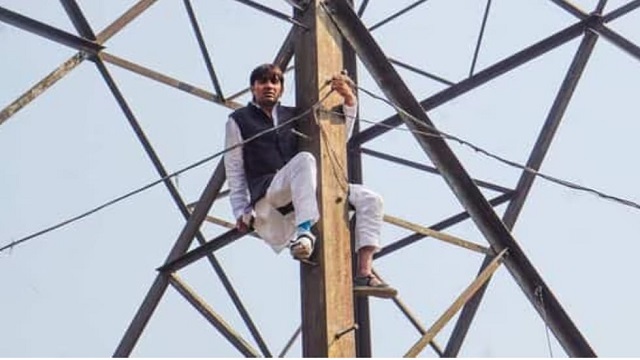The functions of a power transmission tower are crucial to the reliable and efficient transmission of electricity. They include:

1. Carrying Electrical Wires: Power transmission towers are designed to support the weight of electrical wires, including the cables that transmit high voltage power over long distances. The wires are strung from tower to tower and supported by insulators, which prevent electrical current from flowing to the tower structure.
2. Reducing Line Sag: Power transmission towers help to reduce line sag, which refers to the tendency of wires to droop under their own weight. The height and spacing of the towers ensure that the electrical cables remain taut and do not touch the ground.
3. Providing Safety: Power transmission towers are built to withstand extreme weather conditions, such as high winds and heavy snow, to ensure the safety of the electrical system. Their design helps to resist the forces of nature and keep the wires in place, thereby preventing outages or dangerous situations.
4. Facilitating Maintenance: Power transmission towers are used to access power lines for inspection, repair or maintenance. They enable workers to safely access the electrical infrastructure and facilitate the replacement of faulty components.
The construction of power transmission towers requires high-quality steel. Steel is used to construct the tower frame, cross arms, diagonal braces, and other components that support the electrical wires. Steel provides the strength, stiffness, durability and corrosion resistance needed to withstand harsh environmental conditions and ensure the longevity of the tower.
In conclusion, power transmission towers play a critical role in the transmission of electrical energy, providing a safe and reliable support system for the power lines that move electricity from power plants to homes and businesses. Proper design, materials and construction techniques are critical to ensuring the integrity and effectiveness of these structures, thereby optimizing the transmission and distribution of electrical power.